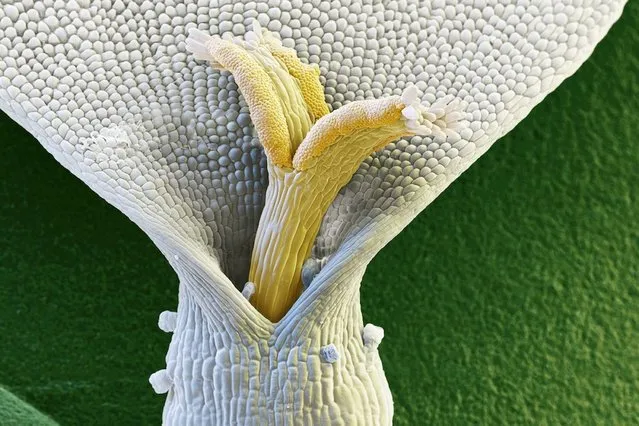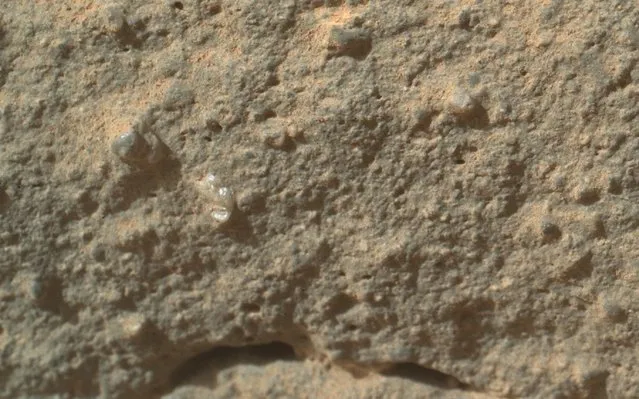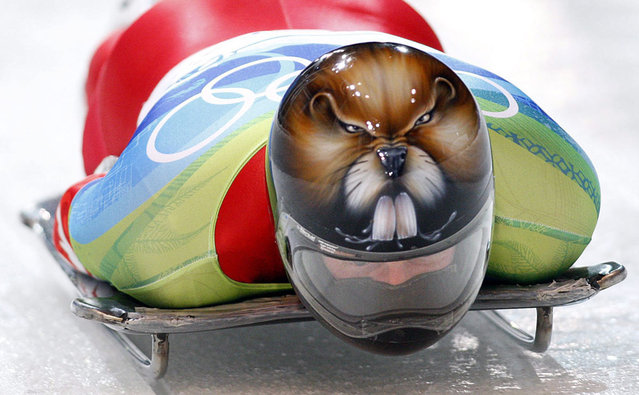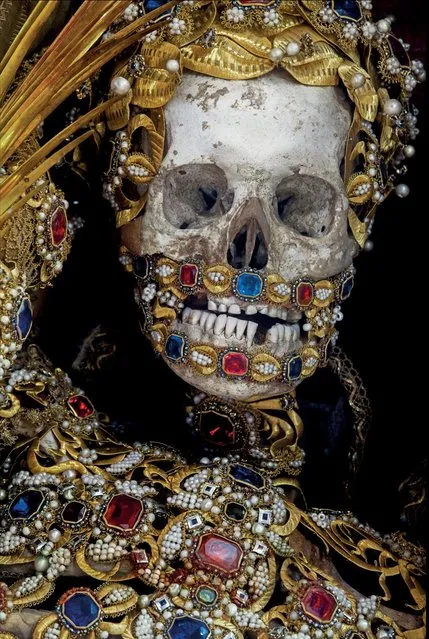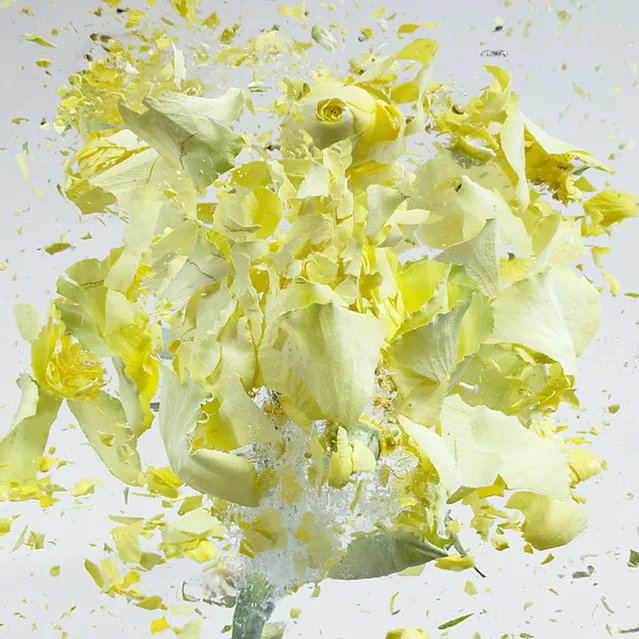
German photographer Martin Klimas, who you may remember from his exploding porcelain figure series, creates breathtaking photos of flowers exploding into a million beautiful pieces. To achieve this effect, he soaks the petals in liquid nitrogen to make them brittle and hits the flower with an air gun.
12 Oct 2013 09:52:00,post received
0 comments

